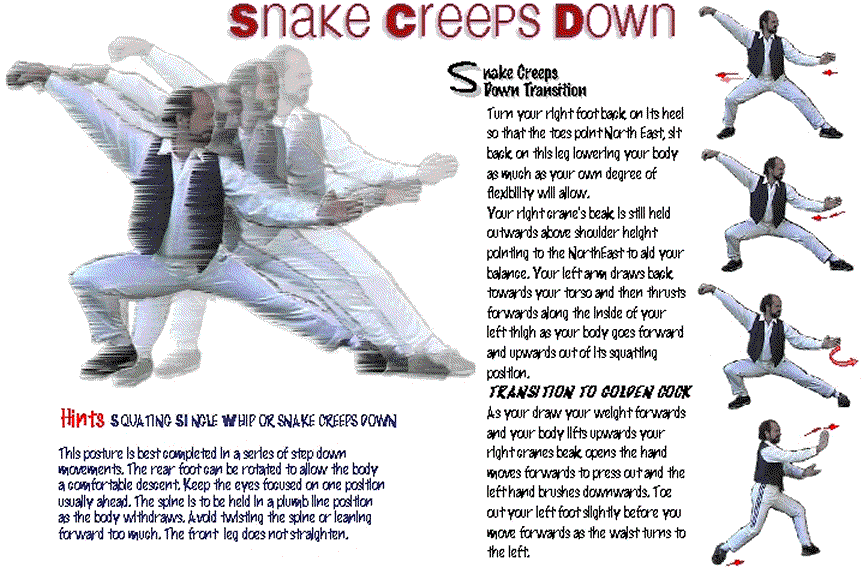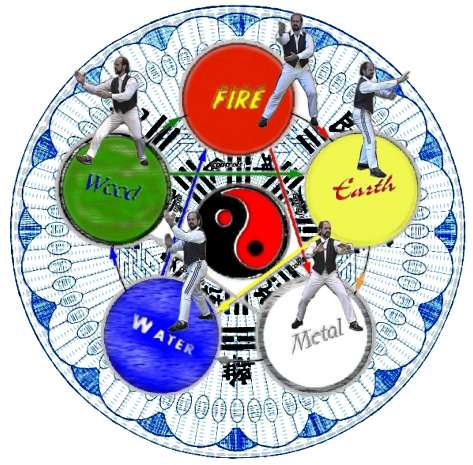![]() Frequently Asked
Questions on the Taoist Internal Chinese Chi Arts: T'ai
Chi Ch'uan
Frequently Asked
Questions on the Taoist Internal Chinese Chi Arts: T'ai
Chi Ch'uan
"The Taoist seeks to avoid understanding by reducing any method of artificiality or cleverness"
|
Overview- T'ai Chi Ch'uan
|
|||
Historical Roots of the main schools of T’ai Chi Ch’uan
|

|
||
|
Why is T’ai Chi Ch’uan good for health and longevity?
|
|||
|
How do I do T'ai Chi? Well it takes a while to become a free form Tai Chi bod - but you can make great strides in a short time if you tailor your Tai Chi method to fit your present general health after which your movements are an art!! But seriously that is not so important. Opposite please find a little fun with T'ai chi movements, please note the cloud of chi is real! and chi is pink because of local pollution. |
.
What are the Intermediate core skills?Tactile Skills
Breathing is important !
What are balanced movements ?
|
|
||

|
T'ai Chi A
starting method
|

|
||
How is self defence practical in T’ai Chi Ch’uan?
|
starting out myself long ago |
||
|
What are the Energetic Skills of Advanced T’ai Chi Ch’uan for defence of the self ?
|
|
||
|
paul
zabwodski FirstGate Chi Arts.
|